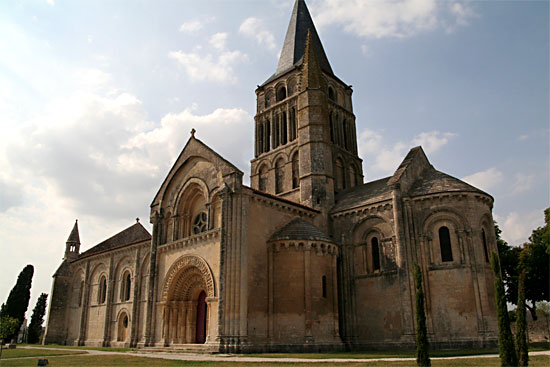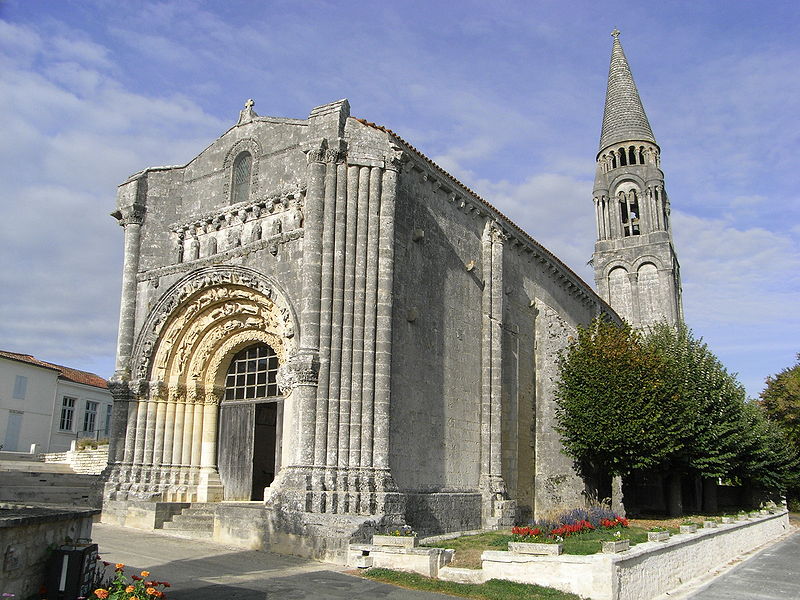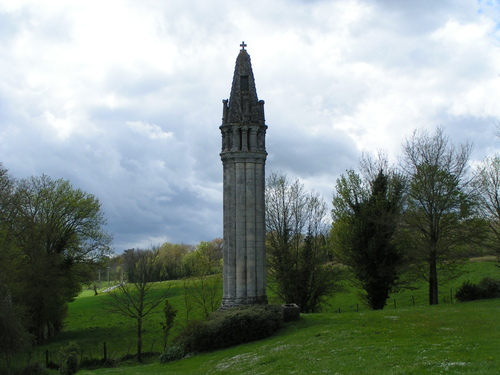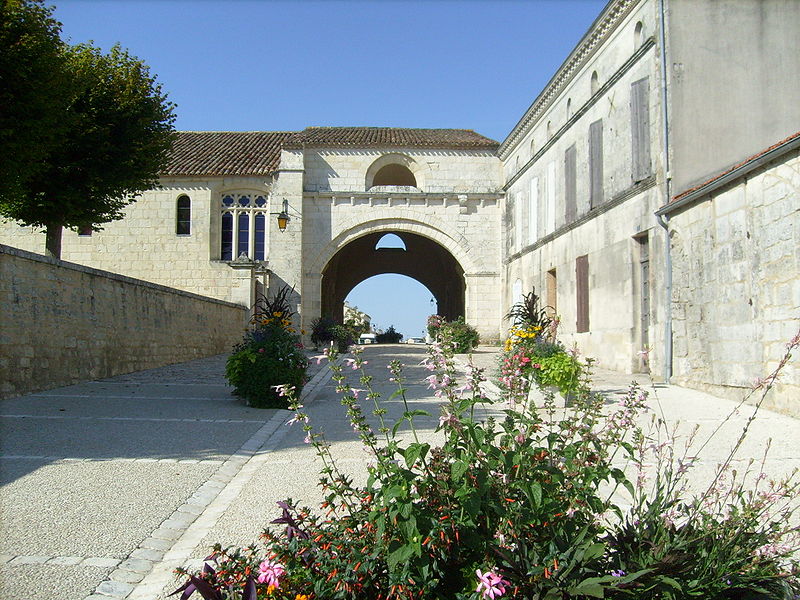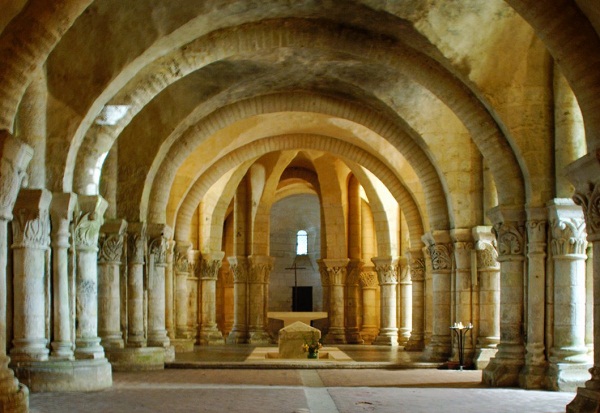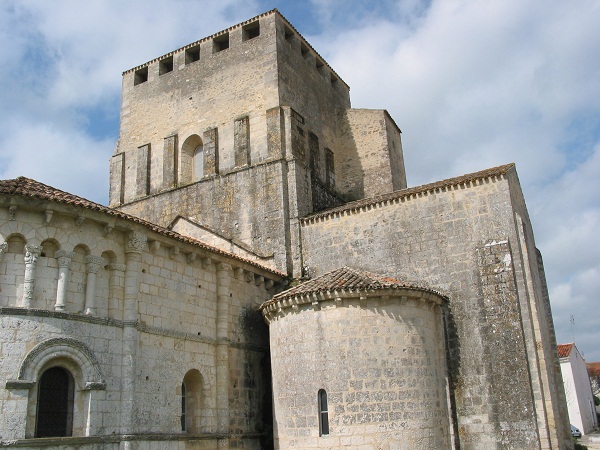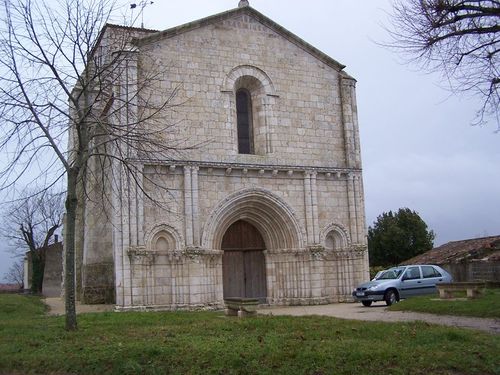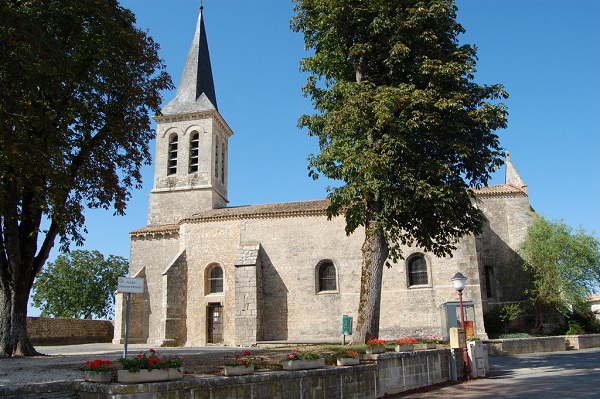
Our short pilgrimage is almost over. I woke up in the night and thought whatever the women of the day, the saints we have encountered – St Jean, St Hilaire, St Leger, St Pierre, St Michel – will walk beside us. I almost saw them in my mind’s eye.
At Chenay after lunch I fell asleep in the church. When I tried to open the door, I couldn’t. I thought of spending hours there trapped but the door was just jammed. We cycled on into Lusignan, another fine town. On the outskirts is a memorial to thirty-one resistance fighters executed in June 1944 by the SS.
